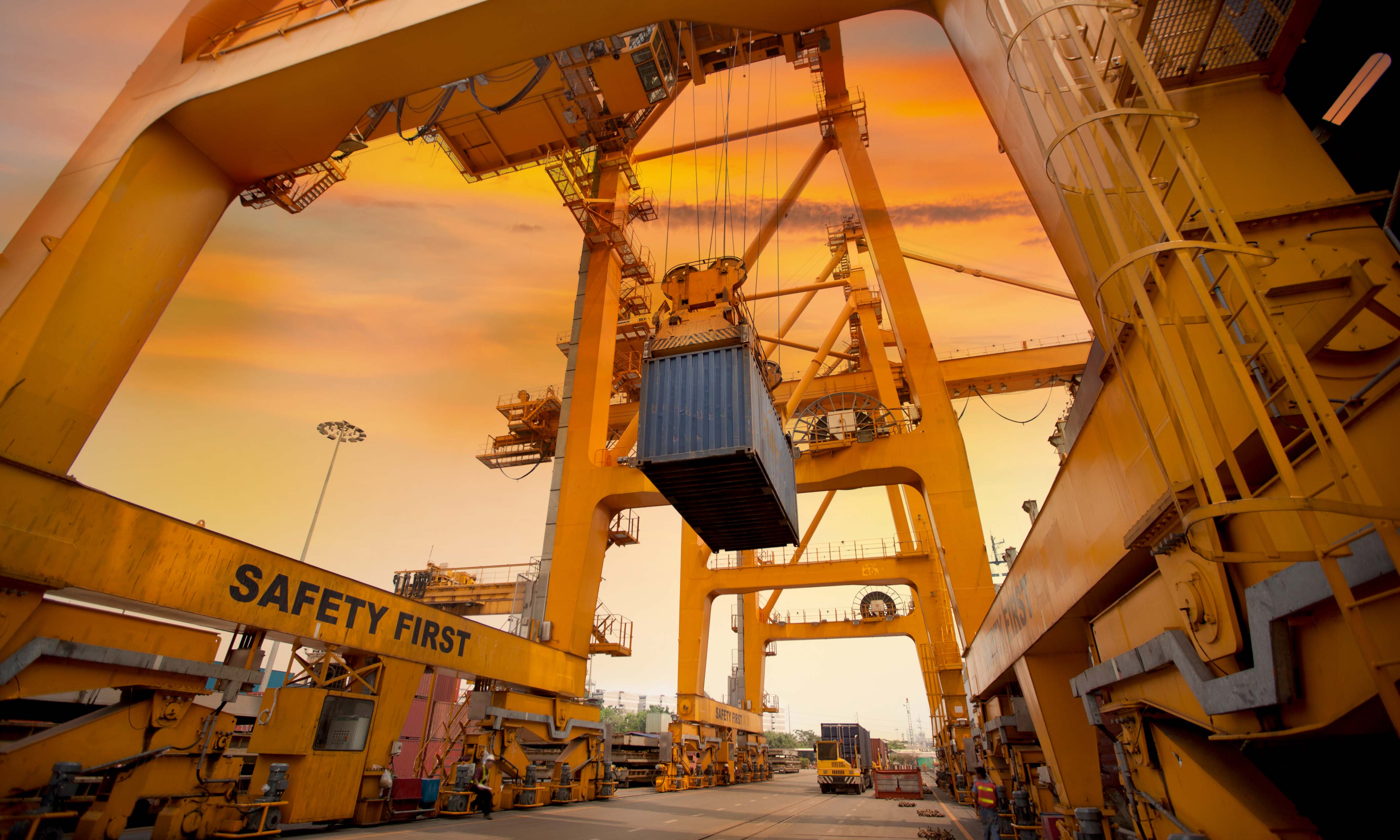Commercial and industrial companies in Colombia find in the current economic situation an optimal scenario for importing products that, due to their competitive advantage, are manufactured with better quality and cost performance in third countries, thereby allowing them to obtain an attractive and differentiating offer for local markets. It has been these cycles of deficit behavior in terms of the trade balance that have brought with them very ambivalent consequences for the country’s economic scenario, since they are very profitable in terms of returns for the entrepreneur, but when importing products that can be made in the country, it would be sacrificing national production and employment. It happened then that at the time of announcing and executing the economic opening, the business fabric did not have the opportunity to catch up in costs, presentation and quality, and globalization arrived without adequate protection for small industry. Without any safe passage. Without preparation, Colombia never achieved a coherent balance of internal productive forces, which made it impossible to achieve “spontaneous market justice.”
Importantly, importing allows those capital goods and inputs that are not produced in the country to be acquired at lower prices abroad. However, the controversy is that it was the business community itself that suffered the inevitable consequence, the dramatic dismantling of local production to open up to the products of world industry, leading the national economy to be reduced to the subordinate role of providing raw materials to the world. . Quoting the letter that Miguel Samper sent to José Leocadio Camacho in 1867, where he says: “If industry had been encouraged and protected in our country, stimulated those who work in it, the monster of employment would not have been fed, which It is the one that slowly devours us. The towns where the arts have been protected have reached such an eminent degree of prosperity that they have won the respect and admiration of the nations, not only for their wealth and preponderance, but also for their material strength.”
This being an important scenario to consider, the Colombian industrial class has taken firm positions to overcome the policies of promoting free trade in imports and exports, managing to overcome some trade barriers and paving the way towards industrialization and economic growth from the beginning. commercial exchange.
These reasons become background criteria, which requires any future importer to strategically prepare to face the future of each operation and, in general, to project its activity as sustainable over time.
From a business perspective, the first hurdle a potential importer faces is information. Uncertainty associated with market demand, consumer preferences, and regulation can prevent companies from entering the local market by importing new products, even when it would be highly profitable to do so. Considerations such as the cost of physically moving goods from the point of production at origin to destinations in the national market represents a very important commercial cost for any company, taking into account the scarce physical infrastructure and, in many cases, the inefficient transport services. For this point it is also important to check that your company is consigned with the importing activity in the Single Tax Registry.
At the product level, it is essential to carry out an analysis of the use in terms of customs and tax benefits, such as those that a product may enjoy by inclusion in the Integration Trade Promotion Agreements (TLC’) or by carrying out said activity within a Free Zone.
As a third instance and after a technical profiling of the product, it is important to include within the preparation, the customs structure for the group of products to be imported. This will allow you to establish criteria in terms of tariff and para-tariff barriers such as approval of approvals, health records, among others. The correct analysis of this instance will allow the importer to exploit the preferences granted in the free trade agreements to obtain the economic benefits granted to each sub-item.
The optimization of exchange management becomes a fourth consideration, since it is essential to strictly know the exchange obligations that apply to Colombian regulations. Tools such as hedging forwards, spot fluctuations in the foreign exchange market and compensation accounts are tools that can minimize the impact of the exchange difference. Financial charges and interest negotiated against documentary credits for importation will also be part of the cost structure when projecting import budgets.
Finally, a detailed approach to the logistics scheme is needed in terms of costs, within which it should include aspects such as transportation costs and merchandise legalization costs. The spectrum of actors that participate in an import process in Colombia goes far beyond considering the cost of international transport, since port mobilization, administrative and warehousing expenses may be intrinsic to the operation of your cargo or customs agent. but it is you who must ensure that these items are presented under the appropriate dynamics for their international purchase.
In general, it is important to surround yourself with allies who have knowledge of logistics and customs procedures and thus avoid incurring in formal irregularities that may generate economic sanctions for the company.
For this and much more, our import and export services directed by our team of International Access specialists are available.
Author: Juan Sebastian Quiceno





